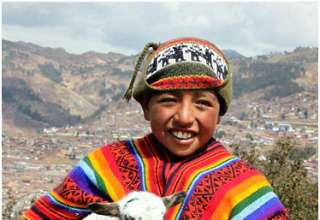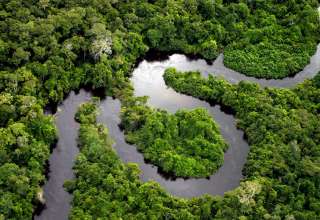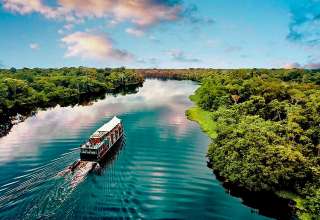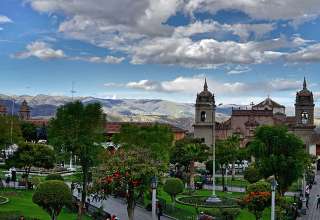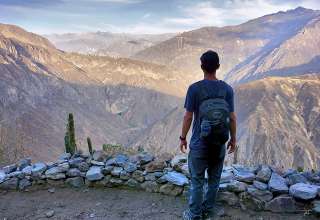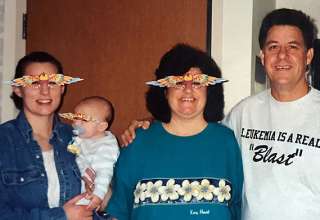Disclaimer: I’m going to stretch this metaphor past its reasonable limit while also make many generalizations that surely don’t apply to all volunteers. Yet in doing so, I hope to share in general about the Peace Corps journey over our 27 months of service. Later, in part 2 of this post I will share more specifically where I find myself along this continuum.
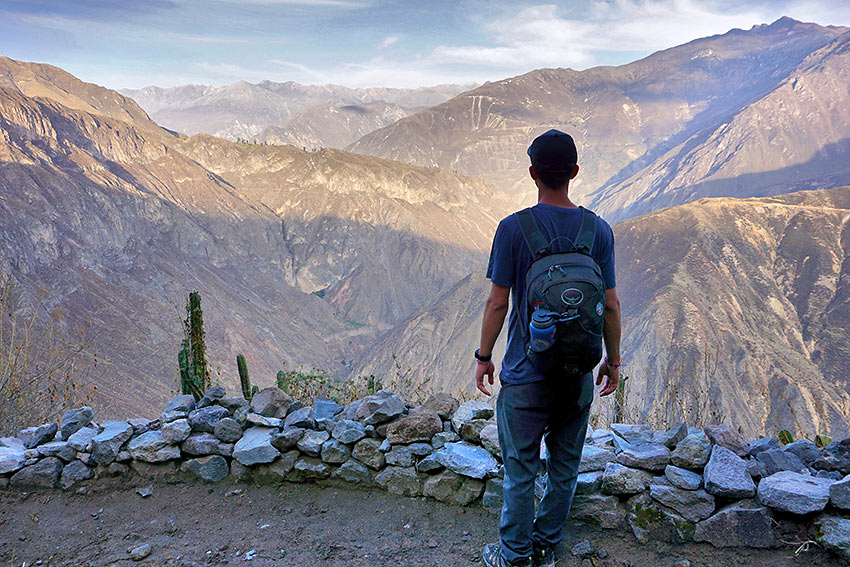
Phase 1: The Decision (Applying and Waiting)
On your laps through the park, you’ve passed by the roller coaster a few times now. You’ve been waiting for this ride for years; last year you were too short to ride.
This year you’re not sure you’ll have the courage, but you feel ready. You hop in line for the long wait, wondering if it will truly live up to the hype.
Each volunteer’s rationale for applying to the Peace Corps is multifaceted — to serve, to travel, to develop oneself personally and professionally, to further one’s education, to learn another language, to meet new people, to adventure, to learn. The list is endless. For some it was a last minute decision and for others it took years of preparations and forethought.
Yet everyone experiences the same wait. While back in the U.S., we completed essays and interviews and, upon acceptance, endured the long process of legal and medical clearance, all while knowing very little what life in the Peace Corps would actually be like.
We stood in line, excited yet anxious as we imagined what each twist, turn, and corkscrew might hold.
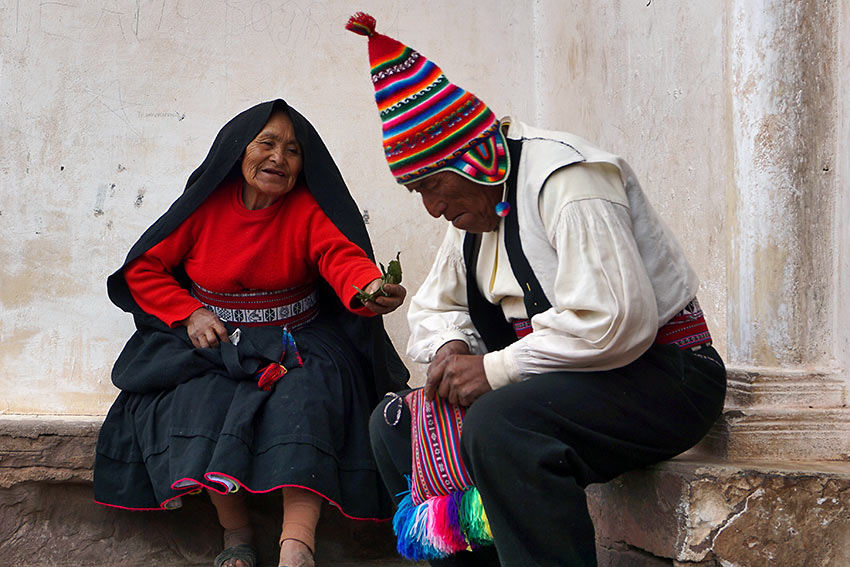
Phase 2: The Climb (Pre-Service Training)
You buckle yourself in. Your heartbeat quickens. There’s no turning back. You begin the climb…click…click…click…click. The knot in your stomach grows with each foot of altitude gain.
Preparing for the coming adrenaline rush, you raise your hands and let out a scream. As the clicking stops, so does your heartbeat. You’ve reached the top.
After 3 days of basic preparation, you find yourself on a plane to a foreign country. You most likely speak little to none of the local language(s), haven’t tried the local food, and are unfamiliar with cultural practices. To fill in these gaps, trainees receive three months of Pre-Service Training (PST).
PST is a whirlwind of activities. Long days of language, cultural, and program specific training more closely resemble a busy college schedule than your actual service. Here in Peru, we also began living with our host families from day one, sharing meals and speaking only in Spanish.
You slowly begin learning what your life and job might be like, yet many many aspects remain vague and you don’t find out in what town or region you will be placed until week 5. The anticipation builds and builds and finally culminates in the swearing-in ceremony and your arrival in your community.
While you may have just made it through one of the most intense and nerve-racking parts service, everything is really just beginning. You’re no longer in a large group of volunteers. You’re no longer in the capital city. You have a new host family.
Here comes the drop.
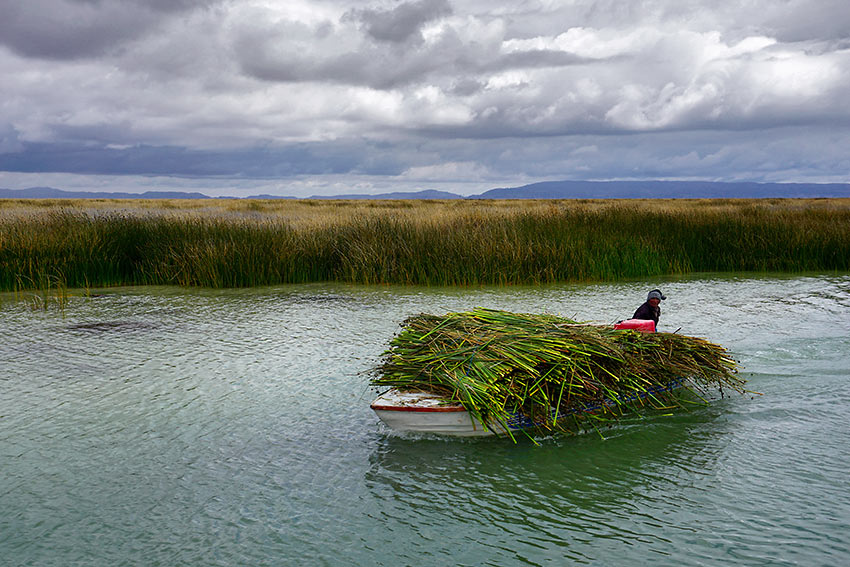
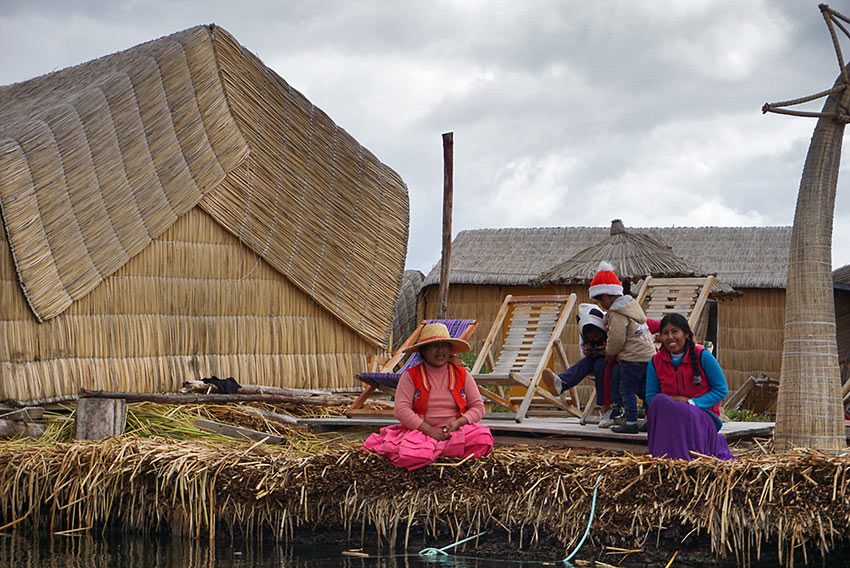
Phase 3: The Drop (First 6 Months)
In free fall, your stomach rises to your throat. Muscles tighten. Adrenaline spikes. For a moment, you’re breathless, simultaneously loving and hating the terror of this adventure.
When you find your breathe, it instinctively escapes as a scream. And before you realize it, the track has leveled, and the ride continues.
Your first months in site are arguably the most challenging. On top of living each day in a foreign language, you must adjust to being away from other volunteers, living with a new host family, eating new foods, adjusting to constant sickness, dealing with hours and hours of unstructured time, and learning new professional and cultural expectations.
You make these adjustments while simultaneously trying to build relationships with local institutions and community members, doing interviews and surveys as part of a community diagnostic. Every day you also attempt to explain your role as a volunteer, the goals of Peace Corps, your program, and sustainable development while starting to match your program goals with local needs.
As a whole, your first months are a whirlwind of becoming comfortable amidst a sea of new experiences and the joys and struggles of integration. You often feel out of control, experiencing the free fall with both excitement and fear. Yet through trial and error, through fire and flame, you see the value and beauty of integration, the foundation for the rest of your service.
Poco a poco, little by little, you settle in and your community becomes your home.
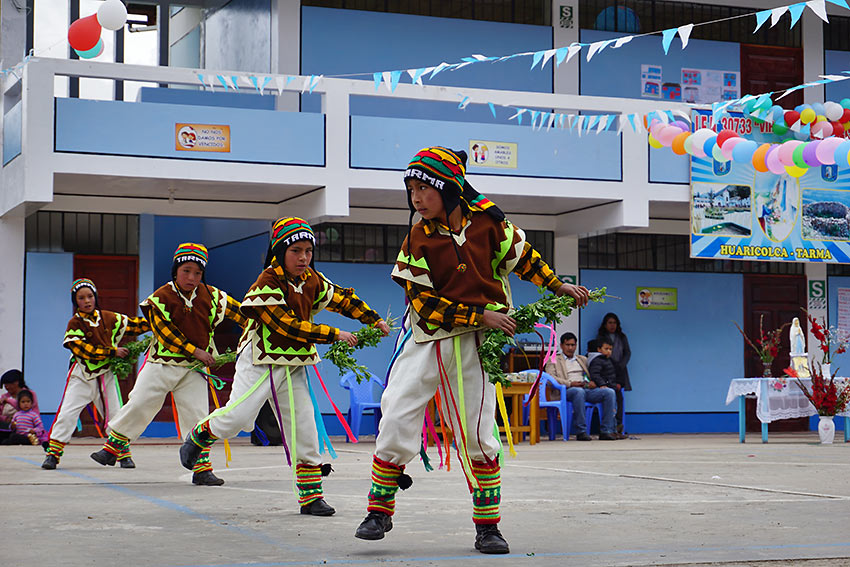
Phase 4: Acceptance (Year 2)
Accepting you’re at the mercy of this mad machine, you allow your muscles to relax for a moment. You remember once again to breath.
As you hurtle forward, you begin to truly enjoy the ride despite the many unexpected twists and turns. Nearing the end, a rush of dopamine reminds you the whole thing was worth the risk.
The rest of your service is filled with ups and downs, and the process of integration never truly ends. But many aspects of service simply become easier, and those which don’t you learn to accept.
You adjust to the food and hopefully getting sick less often. The language becomes normal, and you find yourself using local slang. You adjust to life with a host family or maybe even live on your own. You learn how to navigate local institutions and apply strategies for getting work done.
As time goes by, you also learn to lower expectations in terms of your work and accept the many limitations which exist. I find the longer I’m in my community, the more complex and interconnected the local problems become and the more I need to admit my limited role and impact in changing them.
I’ve spoken with many fellow volunteers who share similar sentiments. Two years is a short time to work towards long-term and sustainable change. The longer I’m here the more apparent that becomes.
So we do the best work we can and appreciate each moment we share with host families, community members, and friends. And from what I’ve seen here in Peru, at the end of the day we love our jobs as Peace Corps volunteers, including all its surprises, difficulties, and joys.
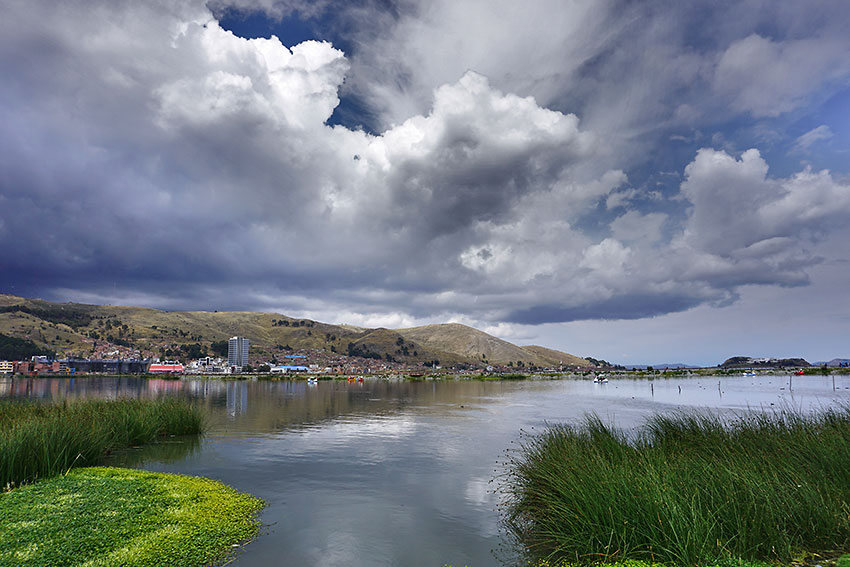
Phase 5: What next? (Post Peace Corps)
You screech to a stop. You’re back where you started, yet you know without a doubt something has changed. You feel a bit light-headed and even disoriented as you stand up to walk out the gates.
It seems for a second that you’ve passed through an alternate reality. But as time goes by, you quickly readjust to life on the ground. Reflecting, you’re glad you rode, and you feel if you were to ride again, you could do so with more courage and composure.
I have yet to finish my service, but I’m positive returning to the states will require its own process of readjustment. For a while, parts of our own culture back home will inevitably feel foreign to us.
But even as life quickly becomes normal again, I’ll hope to never forget the lessons I’ve learned, people I’ve met, and experiences I’ve had here in Peru.
****Disclaimer: “The content of this website is mine alone and does not necessarily reflect the views of the U.S. Government, the Peace Corps, or the Peruvian Government.”
